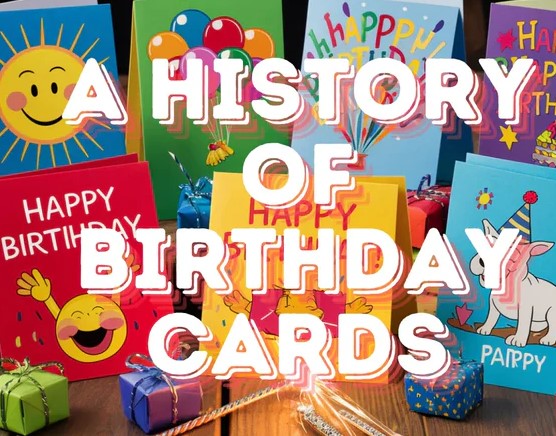Valentine's Day, celebrated annually on February 14, is synonymous with love, romance, and expressions of affection. While it has evolved into a global celebration marked by flowers, chocolates, and heartfelt gestures, its origins and traditions are steeped in fascinating history. This article explores the roots of Valentine’s Day, its enduring symbols, creative celebration ideas, and some lesser-known fun facts about this iconic holiday.
The Historical Origins of Valentine’s Day
The history of Valentine’s Day can be traced back to ancient Rome and the festival of Lupercalia, a mid-February celebration dedicated to fertility and purification. The festival involved rituals that symbolized health and vitality. However, Valentine’s Day as we know it valentines day in the 5th century when Pope Gelasius I replaced Lupercalia with a Christian feast day honoring Saint Valentine. Though there are multiple legends surrounding Saint Valentine, he is often remembered for his acts of kindness and defiance against Roman laws by secretly marrying couples. Over time, these stories intertwined with themes of love and devotion.
The Romantic Transformation in the Middle Ages
Valentine’s Day gained its romantic connotations during the Middle Ages. English poet Geoffrey Chaucer played a pivotal role in this transformation through his work Parliament of Fowls, which linked February 14 to birds choosing their mates. This association with courtly love inspired European nobility to exchange handwritten love notes, a tradition that would later evolve into the mass-produced valentines we know today. By the 18th century, Valentine’s Day had firmly established itself as a celebration of romance.
Iconic Symbols of Valentine’s Day
Several symbols have become synonymous with Valentine’s Day over the centuries. The heart shape is perhaps the most recognizable symbol, representing love and emotion. Cupid, the Roman god of love depicted as a cherubic archer, is another enduring icon associated with romantic matchmaking. Roses are also deeply tied to the holiday, particularly red roses symbolizing passion and deep affection. Chocolates in heart-shaped boxes became popular in the Victorian era and remain a staple gift for expressing love.
Creative Ways to Celebrate Valentine’s Day
While traditional gifts like flowers and chocolates are timeless ways to celebrate Valentine’s Day, there are countless other creative options to make the day special. Couples can plan a romantic dinner at home with personalized touches like handwritten notes or favorite dishes. For those who enjoy adventure, planning a surprise outing or revisiting meaningful locations can add sentimental value. Single individuals or groups of friends can embrace the spirit of self-love or friendship by hosting “Galentine’s Day” events or treating themselves to something special.
Fun Facts About Valentine’s Day
Valentine’s Day is filled with intriguing trivia that highlights its global appeal and evolution. For instance, did you know that approximately 220 million roses are grown specifically for this holiday each year? Or that over one billion valentines are exchanged annually worldwide? In Japan, it is customary for women to give chocolates to men on February 14, with men reciprocating on March 14 during “White Day.” These unique customs showcase how different cultures interpret and celebrate love.

The Role of Commercialization
In modern times, Valentine’s Day has become one of the most commercially significant holidays worldwide. Retailers promote an array of products ranging from greeting cards to jewelry, contributing to billions in annual spending. While some view this commercialization as detracting from the holiday’s meaning, others see it as an opportunity to express love creatively through gifts and experiences. Striking a balance between heartfelt gestures and material expressions can help preserve the essence of this special day.
Conclusion
Valentine’s Day is much more than just a day for exchanging gifts; it is a celebration of love in all its forms—romantic, platonic, and self-love. From its ancient roots in Roman festivals to its transformation into a global phenomenon celebrating affection and connection, Valentine’s Day continues to hold universal appeal. Whether through grand gestures or simple acts of kindness, this day reminds us to cherish our relationships and spread love in meaningful ways. As we celebrate each February 14th, let us embrace both its rich history and its enduring message: that love is worth celebrating every day.





Comments